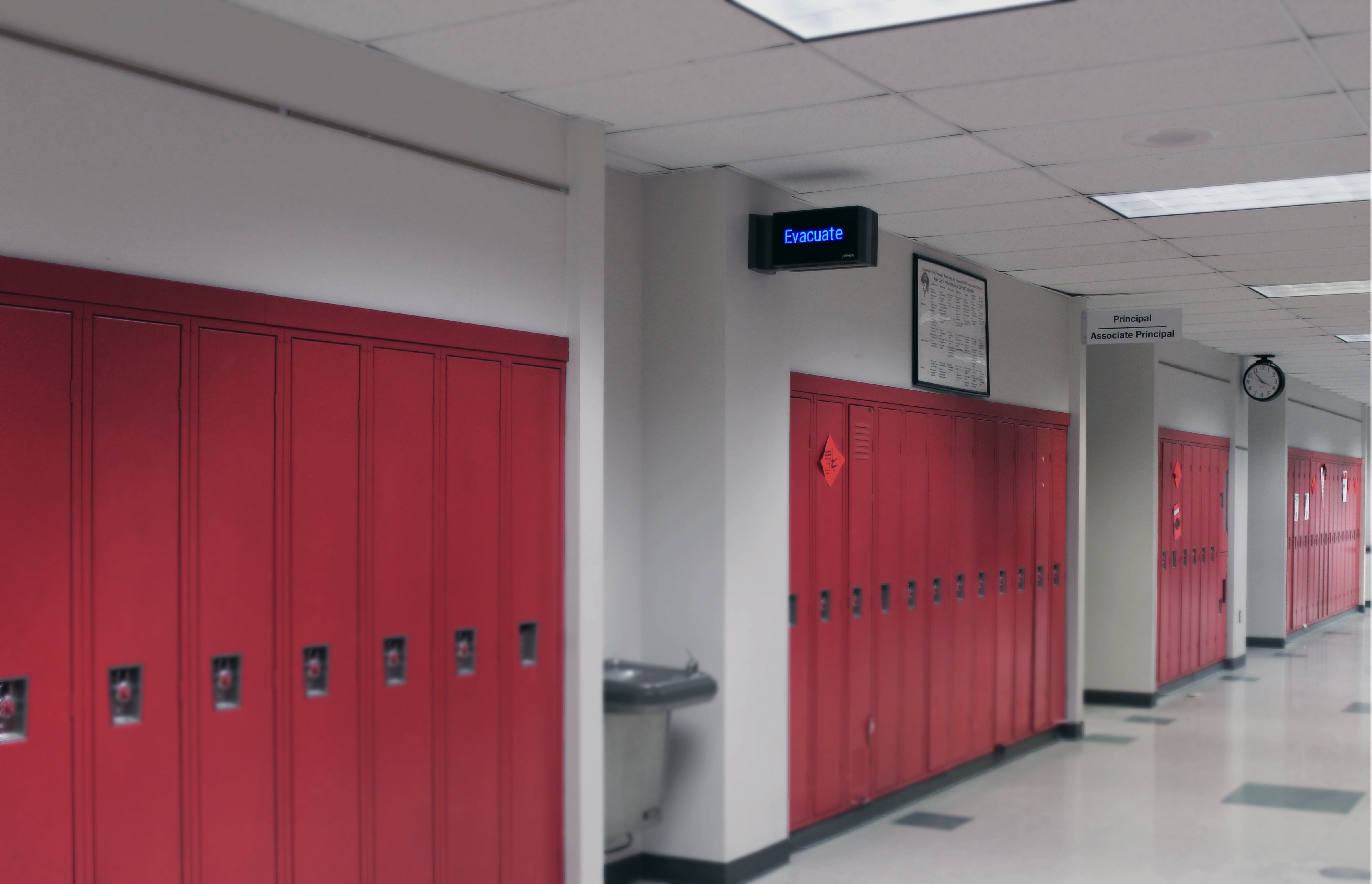Pewaukee School District
Critical Situations are A Reality Schools Must Face
Emergencies can happen at any time and anywhere, so for school systems, it’s crucial to proactively prepare for unexpected, serious and dangerous situations that can potentially take place on campus
A preparedness plan begins with a full understanding of all potential emergency situations. These include severe weather, such as earthquakes, hurricanes and tornadoes; building or facility malfunctions, like fires or floods; and extreme events, such as intruders on campus, active shooters and terrorist threats.
For facility operations and administrative decision-makers at Pewaukee School District located in Waukesha County, Wisconsin, ensuring the safety of the district’s 3,000 students on their 540,000-square-foot campus is a top priority.
“We put multiple measures and processes in place in order to protect the staff, students and visitors of our campus,” says John Stangler, safety coordinator and director of buildings and grounds at Pewaukee School District.
Emergency Communications Require Layers of Alert Types
For every type of emergency that could impact a school district, it’s important to identify key communication needs. For most schools, public address (PA) systems and bells are how faculty and students are notified of changes throughout the day. These alerts are already integrated into schools, making them ideal for use in emergency response plans when appropriate. Emails, text messages and even whistles and megaphones can also be used during emergencies to alert those on campus of the situation and provide them direction.
However, it’s important to keep in mind the limits of each of these types of communications and identify solutions to deploying messages quickly and effectively if those methods can’t be relied upon entirely.
For example, if an emergency happens over a lunch period and the cafeteria is packed with students, hearing information over the PA system becomes difficult. If severe weather hits, the power may go out, shutting off alert systems, if back-up power is not available.
With these and all other scenarios in mind, it’s clear that a successful emergency response plan includes various visual and audio alert notifications. “We’ve implemented some other electronic programs to put multiple layers of security in place for our school district,” John says.
Visual Messaging Fills Gaps in Emergency Communication
Visual messaging systems, such as the OneVue Notify™ InfoBoard™, provides the extra level of communication school emergency response plans need. They bring unique points of difference to the forefront, including:
- Provided the extra level of communication school emergency response plans need
- Administrators can use the InfoBoard as a date and time solution for their buildings as well
- Aids in communication to hearing-impaired students, staff and visitors
Integrating Notify InfoBoard Solutions Seamlessly into Daily Operations
Beyond use in emergency situations, OneVue Notify InfoBoard Solutions can be used for general, day-to-day communications in your buildings on campus.
Administrators can use the InfoBoard as a date and time solution for their buildings, as well as customize messaging to communicate important information. For many school systems, general messaging typically consists of after school sport and activity alerts, daily lunch menu updates, graduation and holiday reminders, and more.

Results
- Provided the extra level of communication school emergency response plans need
- Administrators can use the InfoBoard as a date and time solution for their buildings as well
- Aids in communication to hearing-impaired students, staff and visitors